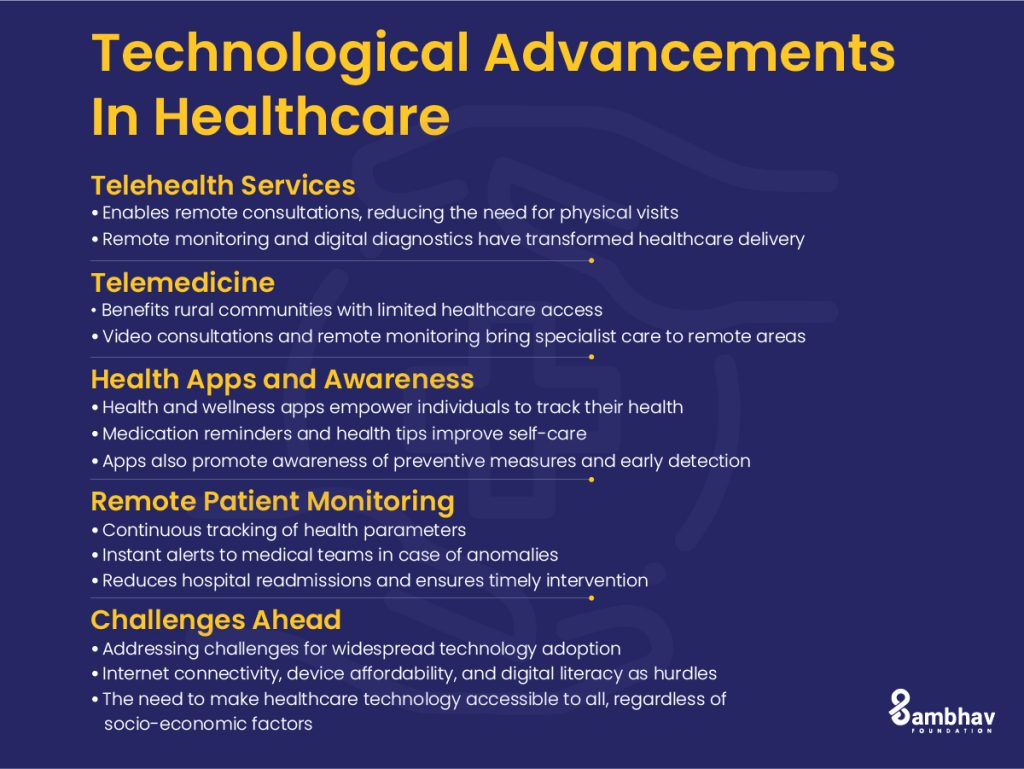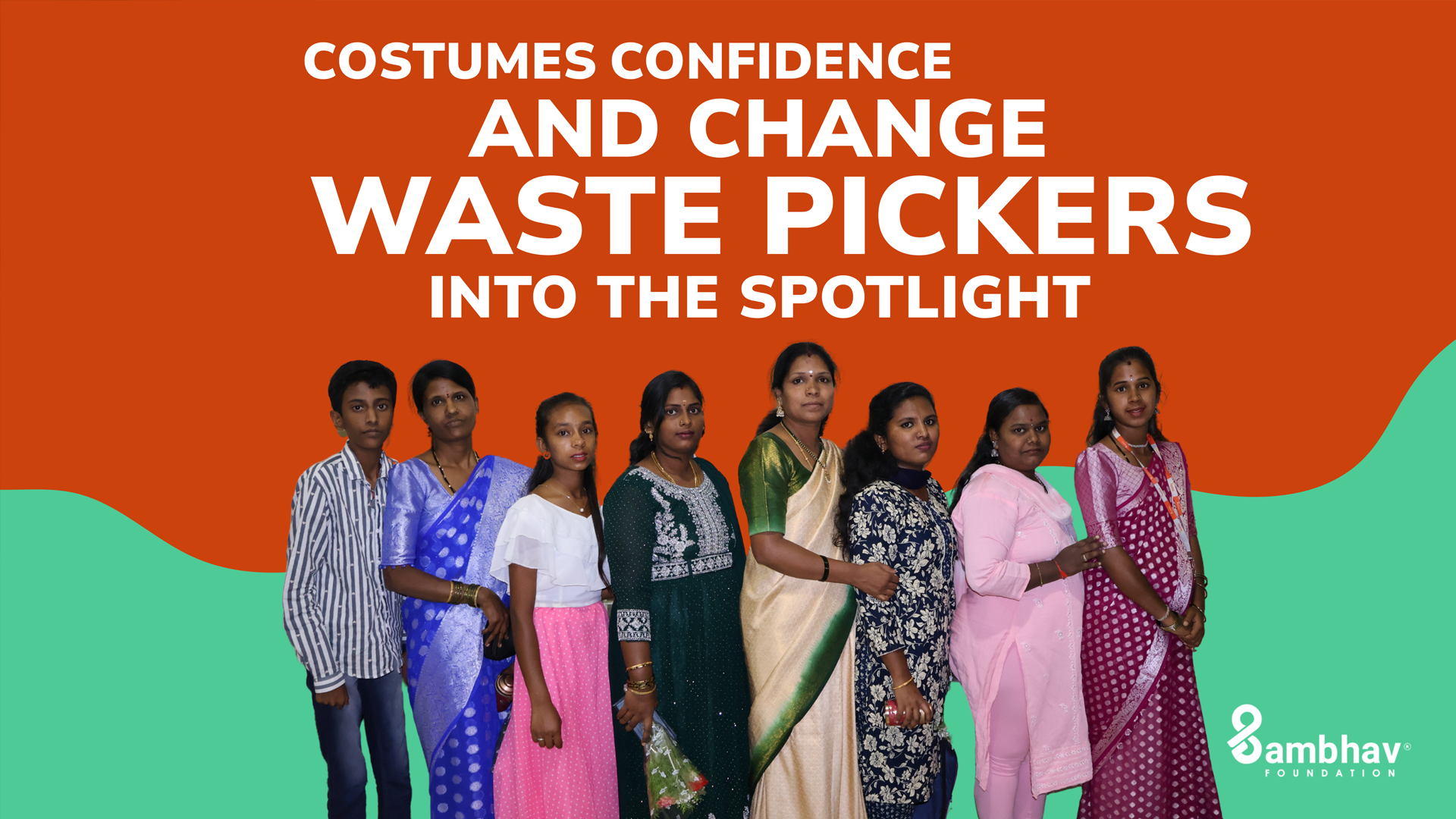Across diverse terrains and cultures, equitable healthcare access remains a challenge. Disparities are evident between urban and rural settings, with marginalised communities often left underserved. These areas see limited community health centres, scarce primary health centres, and an inadequate number of health workers. This blog seeks to spotlight these issues and delves into integrated approaches for a more balanced healthcare landscape. Through understanding and action, stakeholders can bridge the gap, ensuring location doesn’t determine healthcare quality.
Dissecting the Disparities
Urban vs. Rural Healthcare Infrastructure:
Modern cities, adorned with towering skyscrapers and bustling streets, often have an edge when it comes to healthcare infrastructure. Urban areas typically house a denser network of community health centres and primary health centres compared to their rural counterparts. However, the countryside, characterised by vast landscapes and scattered populations, often grapples with inadequacies in both these vital components. This stark contrast underscores the pressing need to balance the scales, ensuring that a person’s location doesn’t compromise their access to essential healthcare facilities.
Staffing and Professional Access:
The human element, comprising health workers and healthcare professionals, plays a pivotal role in shaping the healthcare narrative. Urban landscapes, with their advantage of better living standards and opportunities, often become magnets for these professionals. As a result, cities often boast a higher concentration of skilled health workers. In contrast, rural regions frequently experience a scarcity, with many areas alarmingly underserved. Such disparities not only hinder healthcare delivery but also amplify the healthcare challenges unique to rural landscapes.
Role of Healthcare Providers:
Healthcare providers, be they large-scale hospitals or local clinics, play a decisive role in dictating healthcare access. In urban settings, the sheer number and variety of providers can offer diverse care options. Meanwhile, in rural areas, the limited number of providers might lead to bottlenecked care pathways. Their influence extends beyond mere service provision, directly impacting the reach and quality of healthcare in both urban and rural landscapes.
Historical Evolution of Healthcare Landscapes
Understanding the present disparities in healthcare across urban and rural terrains requires a dive into history. The evolution of medical practices and the consequent shaping of healthcare landscapes have significantly impacted current disparities.
The Birth of Modern Medicine:
Modern medicine, with its advanced techniques and refined methodologies, primarily originated in urban centres. As the cities became hubs for innovation and scientific progress, they naturally became the epicentres for the latest in medical care. Urban hospitals and clinics had the advantage of being close to medical schools and research institutions. This proximity meant that they often got the first access to new technologies and methods, creating an inevitable gap between urban and rural healthcare access.
Migration to Urban Centers:
Historical events like the industrial revolution witnessed a mass migration to cities. People flocked towards urban areas in search of better job opportunities, improved living standards, and access to modern amenities, including healthcare access. This demographic shift further catalysed the concentration of healthcare resources and facilities in cities, unintentionally neglecting rural areas.
Government Interventions:
Historically, governments have made infrequent efforts to bridge the healthcare gap. Policies might have been framed to promote rural health or subsidise medical facilities in underserved areas. Analysing the successes and pitfalls of these interventions can offer valuable lessons for current and future initiatives.
The Evolution of Medical Training:
Over the decades, medical training has witnessed a sea change. Initially, with a significant focus on urban healthcare challenges, there might have been an inadvertent neglect of issues unique to rural settings. However, over time, as the disparities became more evident, there have been efforts to integrate rural medical challenges into the curriculum.
The Impact of Landscape on Healthcare Access
Geographical Impediments:
Geography plays a crucial role in determining healthcare accessibility. Especially in rural landscapes, vast distances and challenging terrains often create substantial barriers. Mountainous regions, isolated villages, and places with poor transportation infrastructures frequently experience delayed or minimal healthcare services. Such geographical impediments not only discourage regular health check-ups but can also be life-threatening during emergencies. Ensuring healthcare access in these regions necessitates innovative solutions tailored to tackle these specific geographic challenges.
Socio-economic Barriers:
Economic disparities weave a complex web of challenges for marginalised communities, significantly influencing their healthcare access. In both urban and rural landscapes, those from lower socio-economic strata often struggle to afford even basic healthcare services. High medical costs, combined with indirect expenses like transportation and loss of daily wages, further exacerbate their plight. Moreover, they often remain unaware of subsidised or free healthcare services available to them. These economic barriers, coupled with systemic inequalities, make it imperative to integrate targeted interventions that can alleviate the financial burden and ensure more equitable healthcare access.
Cultural and Awareness Factors:
Beyond tangible barriers, the intangible factors of cultural beliefs and awareness levels play a pivotal role in healthcare access. In many communities, traditional beliefs may overshadow modern medical practices, leading to reluctance in seeking timely medical attention. Moreover, a pervasive lack of awareness about diseases, preventive measures, and available health services can further widen the healthcare gap. Addressing these cultural and awareness-related challenges is fundamental to fostering a holistic and inclusive healthcare environment.
Integrated Approaches to Healthcare
Defining Integrated Approaches:
At the heart of healthcare improvement lies the concept of integrated approaches. In the context of healthcare access, this refers to the consolidation of services, resources, and entities to ensure holistic care delivery. By combining primary health centres, community health initiatives, healthcare professionals, and providers, integrated approaches aim to offer a continuum of care. This seamless provision of services ensures that regardless of urban or rural landscapes, patients receive consistent, coordinated, and comprehensive care, addressing both medical and socio-economic needs.
Bridging the Gap with Integration:
Harnessing the power of integration can be transformative. Integrated healthcare solutions might involve telemedicine services that bridge the distance gap, community outreach programs that ensure healthcare professionals reach marginalised areas, or collaborations with local leaders to boost awareness. Establishing partnerships between urban health centres and rural clinics, bolstering training for local health workers, and leveraging digital platforms can also play pivotal roles. Through these measures, integration can effectively diminish disparities and foster a more equitable healthcare landscape.
Success Stories:
In Anekal, the outskirts of an urban district, the stark challenges of life illuminate the gaps in healthcare, education, and job opportunities. Yet, a heartening transformation unfolds here, weaving hope and progress into the community’s fabric.
Life in such peri-urban areas often dangles between the urban affluence and rural scarcity. However, creative interventions can level the playing field, ensuring that even those on the fringes experience city-like advantages. One such beacon of hope is Sambhav Foundation’s innovative projects and initiatives in Anekal. Guided by the ethos of positive change, they have ushered in an era of empowerment, ensuring that healthcare, among other vital amenities, is no longer a distant dream but an accessible reality for the local populace.
By embracing integrated approaches and tailoring them to the unique needs of Anekal, Sambhav Foundation’s efforts showcase how persistent endeavours can truly reshape landscapes, making healthcare not just a privilege but a right for all.

Technological Advancements and Healthcare Access
The Digital Revolution:
The 21st century heralded a digital revolution, reshaping industries across the board. Healthcare, too, has been profoundly influenced. From telehealth services that enable consultations without physical visits to wearable devices monitoring vital statistics in real-time, the technological advancements have brought about paradigm shifts in healthcare delivery.
Telemedicine – Bridging Distances:
Telemedicine stands as a beacon of hope for rural communities plagued by limited access to healthcare facilities and professionals. Through video consultations, remote monitoring, and digital diagnostics, patients in remote areas can access specialist care without the need to travel vast distances. Especially during challenging times like the global pandemic, telemedicine showcased its capability as an essential tool for continuity in healthcare.
Health Apps and Awareness:
Numerous health and wellness apps have emerged, assisting individuals in tracking their health metrics, reminding them about medication schedules, or even providing health tips. These apps serve dual purposes: they empower individuals with knowledge about their own health and also act as tools for spreading awareness about preventive measures and early detection of potential health issues.
Remote Patient Monitoring:
For patients with chronic conditions or those needing long-term care, remote patient monitoring tools offer a means to keep them connected with healthcare professionals. These devices can continuously track health parameters and instantly alert medical teams in case of anomalies. This not only reduces hospital readmissions but also ensures timely medical intervention.
Challenges Ahead:
While technology promises a brighter future for healthcare access, challenges persist. Internet connectivity, affordability of devices, and digital literacy are still hurdles in many parts of the world. To ensure that technology truly democratises healthcare, efforts need to be made to make it accessible and usable for all, regardless of socio-economic or geographical barriers.
Achieving Diverse Regional Outreach
Scalability of Solutions
A pivotal cornerstone of any robust healthcare initiative is its scalability. A scalable solution transcends boundaries, adapting to both urban and rural landscapes, ensuring equitable healthcare access across diverse terrains. By leveraging digital platforms, developing modular healthcare infrastructures, or standardising training for healthcare professionals, solutions can be effectively replicated and expanded. Such scalability not only enhances the reach of community and primary health centres but also ensures that even in the remotest regions, quality healthcare isn’t a luxury but a norm.
Impacting Marginalised Communities:
Marginalised communities, often nestled in the interstices of urban luxury and rural desolation, bear the brunt of healthcare discrepancies. Scalable solutions, however, have the power to transform this narrative. Integrated approaches can be tailored to cater to these communities, addressing not just their medical but also socio-economic needs. By enhancing the availability of health workers, professionals, and providers in these areas and understanding the unique challenges they face, the healthcare chasm can be bridged. As a result, the marginalised don’t just receive medical attention—they are empowered, dignified, and integrated into the broader healthcare framework.
Role of CSR and Foundations:
The aspirations of achieving diverse regional outreach and equitable healthcare find robust allies in CSR initiatives and foundations. These entities, with their resources and dedication, can amplify the efforts of integrated approaches. Whether by funding, awareness campaigns, or strategic collaborations, CSR heads and foundations play an indispensable role. Their involvement ensures that scalable solutions achieve their maximum potential, transforming healthcare landscapes and instilling hope in both urban and rural communities.
Final Thoughts
The disparities between urban and rural landscapes in healthcare access are palpable. From the availability of community and primary health centres to the presence of health workers and healthcare professionals, the chasm is undeniable. However, amidst these challenges, the promise and transformative potential of integrated approaches shine brightly. By combining resources, technology, and innovative strategies, these approaches are not just filling gaps but are laying down bridges for a seamless healthcare continuum. The pivotal role of diverse regional outreach cannot be understated. When solutions traverse regions, they not only uplift marginalised communities but also reinforce the tenet that quality healthcare is a universal right, not a privilege determined by geography. Through collective efforts, and with the guidance of CSR initiatives and foundations, a future of equitable healthcare access across diverse landscapes is within grasp.
Take Action Now
Advocate for integrated healthcare approaches and witness their transformative power in uplifting marginalised communities. Your voice and support can drive monumental change, ensuring equitable healthcare for all, irrespective of their landscape. Join the movement; be the change catalyst!
Visit our website to take action today.



